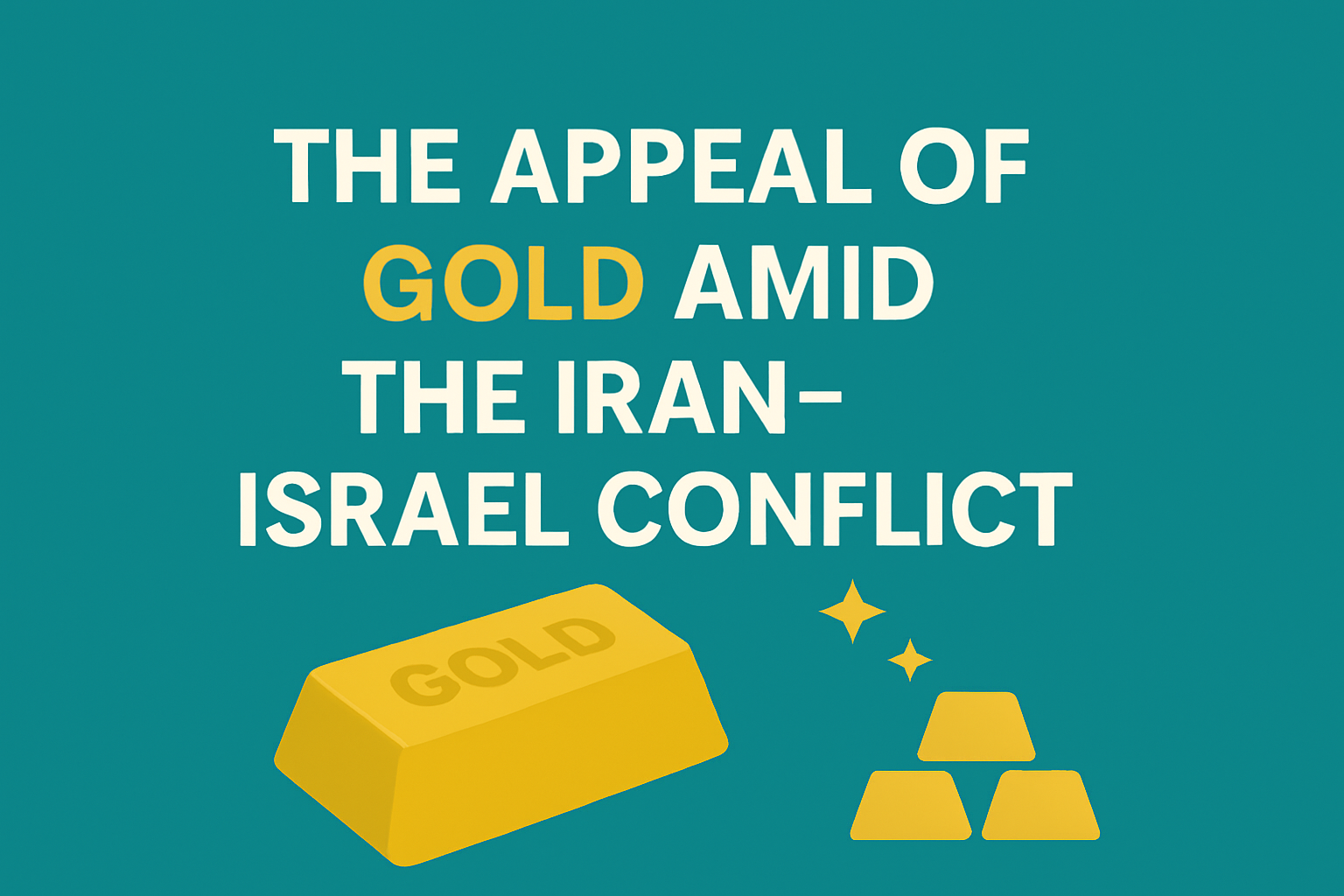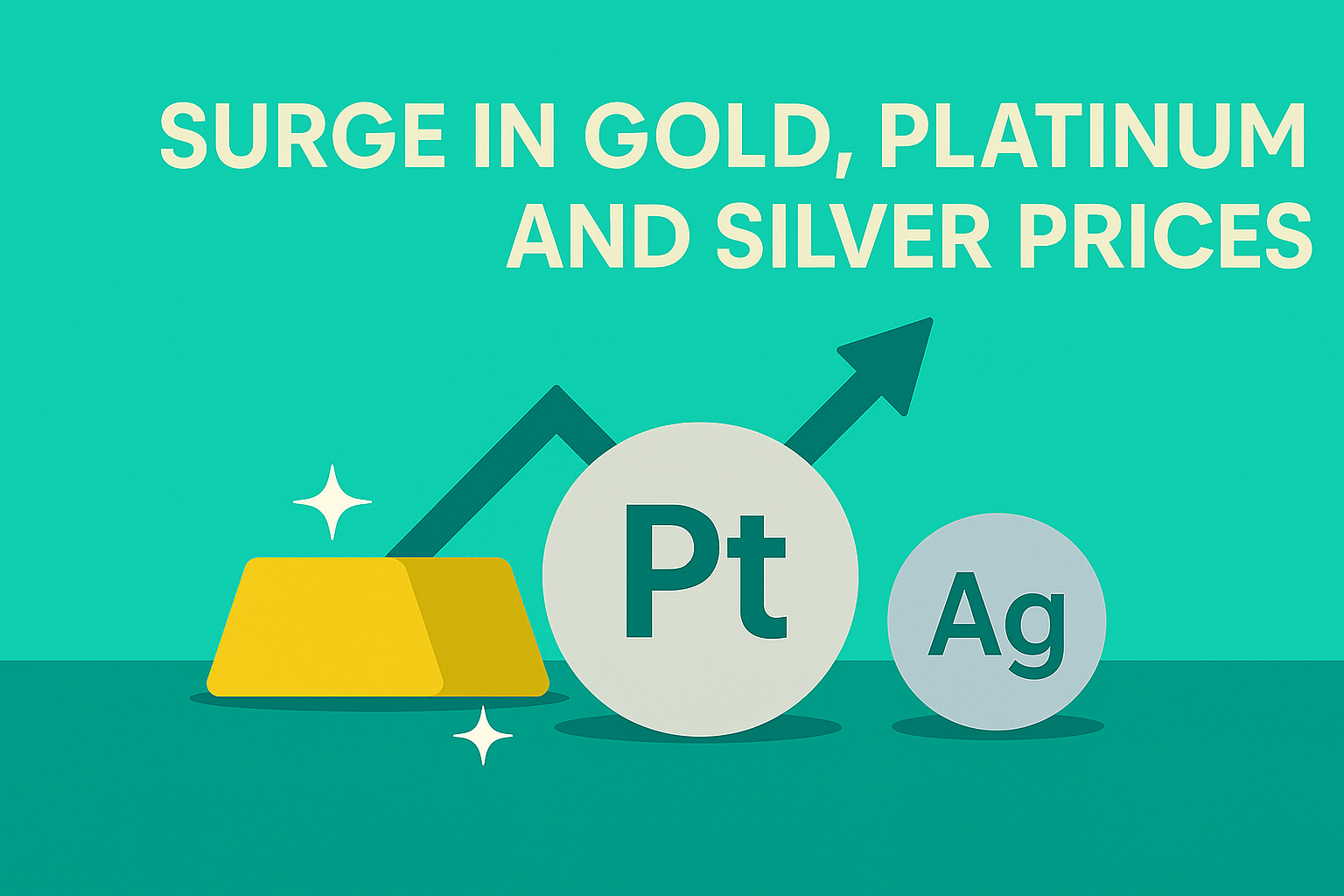Introduction
As tensions escalate between Iran and Israel in 2025, the geopolitical landscape across the Middle East has become increasingly volatile. Threats of conflict expansion, including potential disruptions to the Strait of Hormuz, have triggered significant uncertainty in global markets. In this environment, investors have turned their attention to gold—the traditional safe-haven asset. This report examines the strategic role of gold amid the Iran-Israel conflict and why it remains a key asset in times of geopolitical crisis.
The Fundamental Appeal of Gold
Stateless, Trust-Independent Asset
Unlike fiat currencies, gold operates outside the purview of central banks and political systems. This makes it highly resilient in times of global instability. It serves as a “store of value” when trust in governments or monetary authorities is shaken.
Hedge Against Inflation and Currency Devaluation
During war or sanctions, supply chain disruptions often result in higher commodity prices and inflation. Central banks may increase money supply to finance wartime expenditures, further weakening their currencies. In contrast, gold retains its purchasing power, making it a compelling hedge.
Impact of the Iran–Israel Conflict on Gold Prices
Geopolitical Risk and Gold Price Correlation
Historically, gold prices spike during major geopolitical events. The following table highlights past cases:
| Conflict/Event | Year | Gold Price Change |
|---|---|---|
| Iranian Revolution | 1979 | +120% (1 year) |
| Gulf War | 1990 | +10% |
| Post-9/11 War on Terror | 2001 | +24% (3 months) |
| Crimea Annexation | 2014 | +6% (1 month) |
| Gaza Conflict | 2023 | +9% (weeks) |
The ongoing Iran–Israel conflict carries potential for broader regional destabilization. As such, investors are increasingly pricing in a risk premium, pushing gold demand higher.
The Oil-Gold Connection
Middle East tensions often lead to surging oil prices, which in turn influence gold through two channels:
- Rising oil → Higher inflation fears → Gold buying intensifies
- Stronger oil → Weaker U.S. dollar → Gold becomes more attractive (as it’s priced in USD)
Should Iran threaten to block the Strait of Hormuz, oil could spike by 20–30%, leading to a potential gold surge of 10–15% in the near term.
Investment Strategies and Considerations
Suggested Investment Approaches
| Investor Type | Recommended Strategy |
|---|---|
| Short-term Traders | Use ETFs like GLD to respond quickly to headlines |
| Long-term Investors | Consider physical gold or gold mining stocks |
| Diversified Portfolios | Allocate 5–10% to gold assets for hedging |
Risks to Monitor
- No Yield: Gold generates no dividends or interest income
- Reversal Risk: A swift de-escalation could trigger a sell-off
- Crypto Competition: Bitcoin and other assets may divert capital from gold
Conclusion
The Iran–Israel conflict highlights the enduring role of gold as a geopolitical hedge and store of value. In times of war, uncertainty, and inflation, gold consistently acts as a stabilizing asset. While not without limitations, strategically allocating gold within a portfolio provides resilience against both market shocks and geopolitical turbulence.


